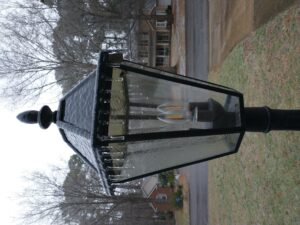
Adverse Weather Closure, January 21, 2022
NC State University has declared a Condition 2 adverse weather status through noon on Sunday, January 23rd, 2022. As …



El inglés es el idioma de control de esta página. En la medida en que haya algún conflicto entre la traducción al inglés y la traducción, el inglés prevalece.
Al hacer clic en el enlace de traducción se activa un servicio de traducción gratuito para convertir la página al español. Al igual que con cualquier traducción por Internet, la conversión no es sensible al contexto y puede que no traduzca el texto en su significado original. NC State Extension no garantiza la exactitud del texto traducido. Por favor, tenga en cuenta que algunas aplicaciones y/o servicios pueden no funcionar como se espera cuando se traducen.
Inglês é o idioma de controle desta página. Na medida que haja algum conflito entre o texto original em Inglês e a tradução, o Inglês prevalece.
Ao clicar no link de tradução, um serviço gratuito de tradução será ativado para converter a página para o Português. Como em qualquer tradução pela internet, a conversão não é sensivel ao contexto e pode não ocorrer a tradução para o significado orginal. O serviço de Extensão da Carolina do Norte (NC State Extension) não garante a exatidão do texto traduzido. Por favor, observe que algumas funções ou serviços podem não funcionar como esperado após a tradução.
English is the controlling language of this page. To the extent there is any conflict between the English text and the translation, English controls.
Clicking on the translation link activates a free translation service to convert the page to Spanish. As with any Internet translation, the conversion is not context-sensitive and may not translate the text to its original meaning. NC State Extension does not guarantee the accuracy of the translated text. Please note that some applications and/or services may not function as expected when translated.
Collapse ▲
NC State University has declared a Condition 2 adverse weather status through noon on Sunday, January 23rd, 2022. As …
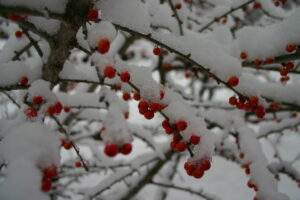
The NC State University Plant Disease and Insect Clinic will be closed from Friday, December 24, 2021, through Sunday, …

UPDATE: Registration for the course is closed The Plant Disease and Insect Clinic (PDIC) and collaborators are happy to announce …
The US Environmental Protection Agency requires that all individuals working with pesticides labeled for respiratory protection complete the following …
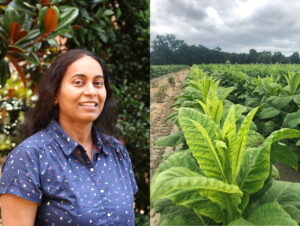
The NC State Plant Disease and Insect Clinic is happy to announce the arrival of our newest lab member, …
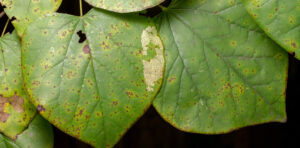
We are excited to announce the NC State Plant Disease and Insect Clinic (PDIC) will be returning to normal …
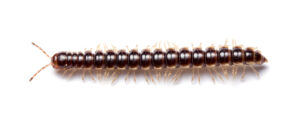
Recent heavy rains across the state have resulted in invasions of yards and homes by what some might call …
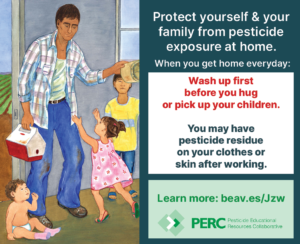
How can you encourage farmworkers and their families to use practices that minimize the risk of pesticide exposure? The …

The analysis of the 2020 Cover Crop Survey is available and posted on SARE’s website for viewing. Farmers from …
Soybean rust was found and confirmed on soybeans in Hyde County, NC. Soybean rust has the potential to cause …
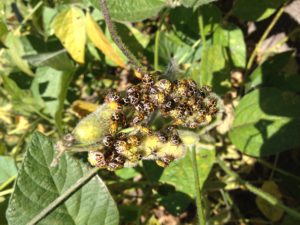
Although stink bugs were light across the state (with a few exceptions) in corn and cotton, it looks like …

Are you planting wheat this fall? Join us for part 1 of our “Wheat Production Series” on September 25, 2020, from …
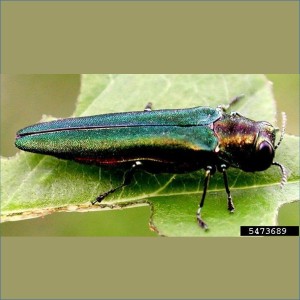
The emerald ash borer, a beautiful but extremely destructive, exotic insect pest, has now been detected in North Carolina. …
Prevalent Seedling Diseases Early planting conditions for soybeans were cool, and wet, which has lead to numerous reports of stand …
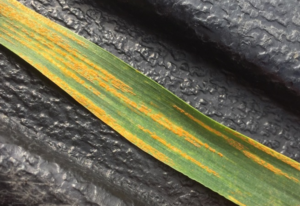
Over the last week stripe rust has been reported in several counties across North Carolina (Table 1). A stripe …
Julie Hayworth-Perman | NC State University Homegrown Putting off that home remodel or waiting until the right time to add …

Background Atrazine and simazine are triazine herbicides registered for pre- and post-emergent control of numerous broadleaf and grassy weeds in …

This factsheet describes the biology of the giant strong-nosed stink bug, Alcaeorrhynchus grandis, and provides …

This manual prepares pesticide applicators for Forest Pest Control Certification exams in the following states: …
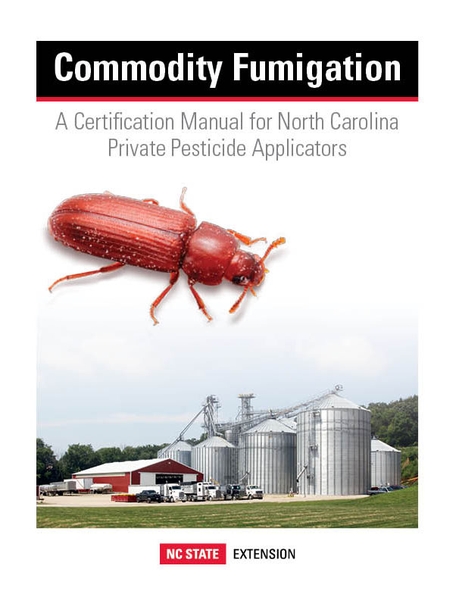
This manual provides guidance tailored for North Carolina's non-commercial pesticide applicators using fumigants in commodity …

This factsheet describes the small hive beetle, its life cycle and how to prevent infestations …

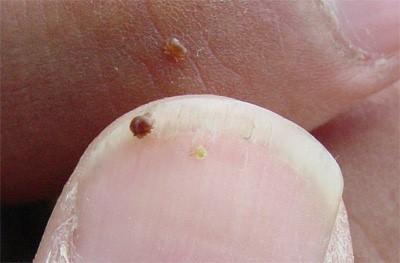
It is the goal of every beekeeper to maintain healthy, productive colonies. This can only …
To apply restricted-use pesticides to agricultural commodities, you must be certified or be supervised by …

This factsheet offers information on the biology and management of the emerald ash borer, an …